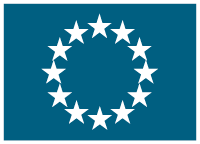Ground water and surface water suppletion by collecting run off and surplus drainage water and treating sewer overflows in a helophyte filter
(WINTERWATER)
Start date: Dec 1, 2001,
End date: Dec 31, 2004
PROJECT
FINISHED
Background
Nearly all existing sewerage in Winterswijk is of a mixed system with both rainwater and wastewater collected and drained off to the treatment plant. This means that clean water is collected and (unnecessarily) transported to the wastewater treatment plant. Characteristic of the area is also the strong variation in the thickness of existing sand layers and the presence of clay loam in some locations causing both dehydration and flooding in certain areas.
Major problems in the water and ecosystem in and around Winterswijk are:
1. Desiccation of nature reserves in the northern and western part of Winterswijk
2. (Ground) water disturbance in certain districts with flooded streets and cellars.
3. Overflow from the mixed sewer system in surface water of the highest ecological quality level.
4. Large quantities of rainwater and drainage water are treated in the wastewater treatment plant negatively effecting treatment effectiveness and efficiency.
5. Insufficient supplement of the surface water system.
The European Commission, through its Water Framework Directive, the Dutch government through the Fourth Water Management Bill, and the Province of Gelderland through its Water Management Plan, have developed policies to address these problems. Responses include:
- disconnection of surface run-off sewers, practised only in newly constructed areas. Only public sewers are disconnected;
- disconnection of sewers, followed by local infiltration;
- helophyte filtration, used for small streams of wastewater, but not for combined sewer overflows (CSOâs);
- drainage water surplus quantities are discharged on surface water;
- individual measures taken according to individual problems, for example:
- wider coverage of treatment capacity, a very expensive an end-of-pipe solution;
- construction and enlargement of storage capacity: an end-of-pipe solution;
- infiltration of surface water: an isolated solution for one problem;
- drainage of surplus water: an isolated solution for one problem.
Objectives
The project sought to demonstrate sustainable integral water management by three entities; the Community of Winterswijk, the Rijn and Ijssel Water board and the Province of Gelderland. This was to be effectuated in a communal water system in which ground water and surface water are suppleted by collecting run-off and surplus drainage water and treating sewer overflows in a helophyte filter.
Objectives included:
- reduction of desiccation;
- reduction of water disturbance in the built-up area;
- improved effluent quality of the waste water treatment plant and the combined sewer overflow and decrease of negative effects on ecology and the water system;
- successful cooperation between a municipality, a water board and a province;
- participation of households in disconnecting surface run-off sewers.
The project was to involve a surface run-off drainage and infiltration network that would drain surface run-off water and drainage water, infiltrate water in dry built-up areas and drain off surplus water to retention and infiltration facilities. It would also set up retention and infiltration facilities in which the surplus water would be stored and where the surplus water would be infiltrated in a sand package and a nature reserve. Finally, a helophyte filter system to treat the combined sewer overflow water before being drained off to the surface water was to be developed.
The water quantity and quality data was to be monitored at specific points in the water system.
Results
Monitoring, although not indicating long-term ecological effects, does give some preliminary conclusions regarding the environmental impact of the project.
⢠The system functions well technically with a significant quantity of rainwater discharged to the retention facilities that indicate a lower rise in level than expected. After the retention facilities the water infiltrates, instead of getting treated in the waste water treatment plant. Since the system became operational, no further water annoyance occurred.
⢠The influent of the retention facilities meets the maximum tolerable risk (MTR) values for most pollutants. The effluent of the retention facilities meets the MTR-value for all pollutants, except nitrogen. This means that the water meets the MTR value at infiltration. The MTR value is the maximum admissible concentration of pollutants. When this concentration is exceeded, unacceptable effects on the health of humans, animals and vegetation will occur. The MTR values, however, are not legal limits, which are lower and are met.
⢠In one retention lake high concentrations of heavy metals were found. A decrease has been noted in the concentration of these metals since monitoring started. No proof was found, but the metals may originate from urban areas.
⢠As the concept of âWater in the cityâ is new for the inhabitants of Winterswijk, the retention facilities are of recreational value. Many people take a walk along the facilities, which are inhabited by a diverse population of fish, birds and frogs.
Get Access to the 1st Network for European Cooperation
Log In
or
Create an account
to see this content
Coordinator
- A.J. TIMPERT
- (Netherlands)


